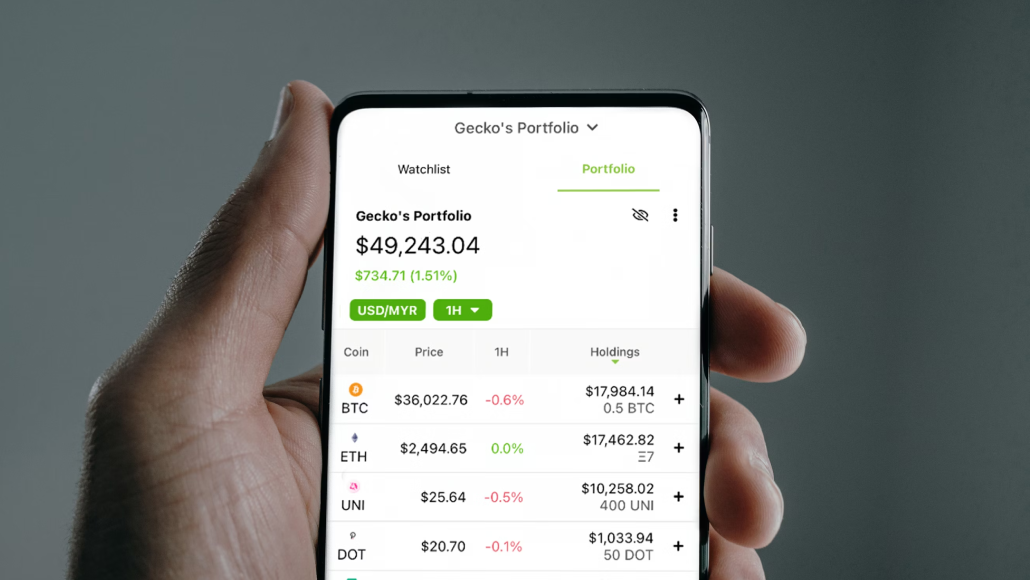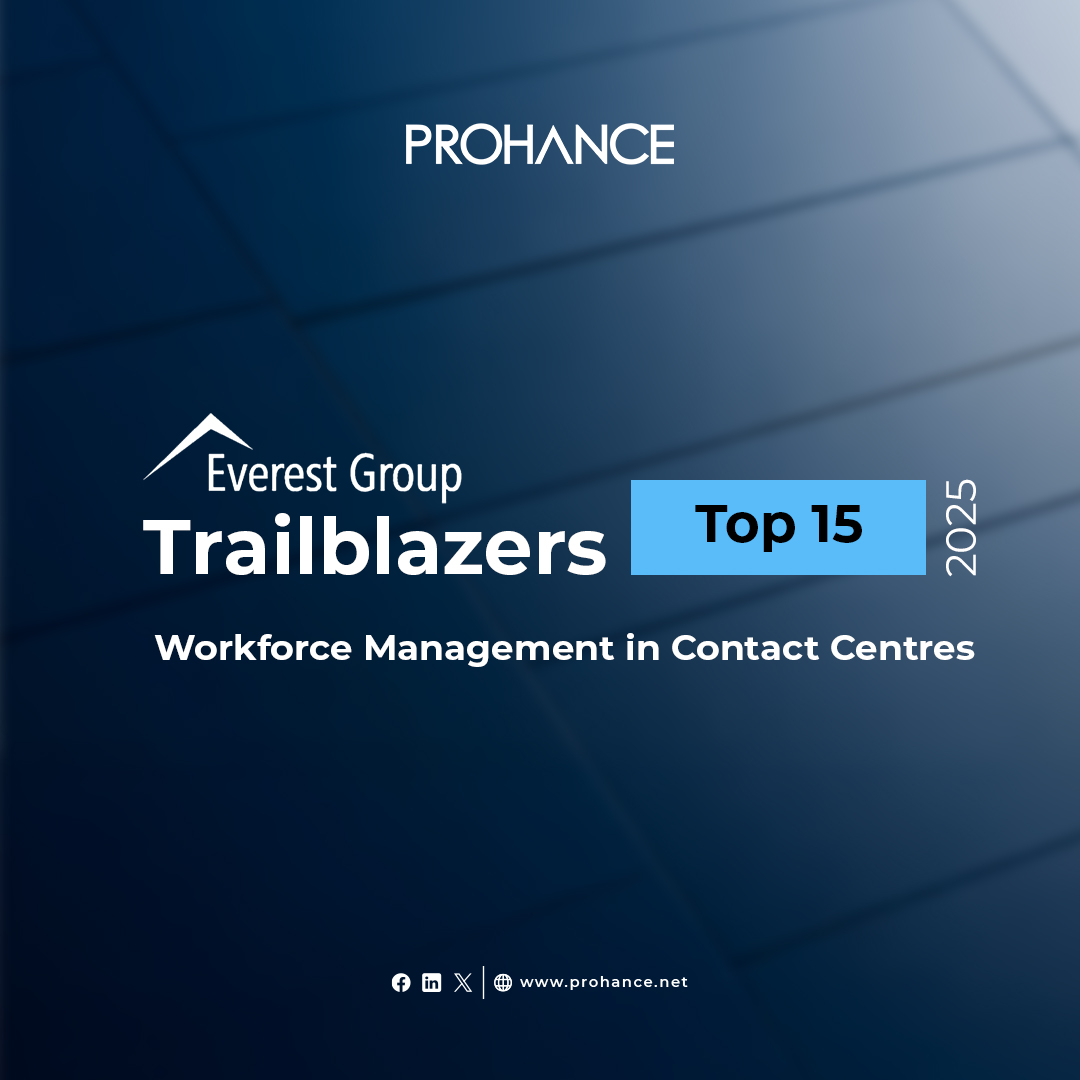The Ultimate Guide to SaaS Spend Management
Table of contents
Around the world, more companies are adopting SaaS applications to streamline their business operations. Compared to legacy applications, these are seen as more robust, flexible, easier to integrate, and cost-effective. The rapid growth of the SaaS industry is unsurprising., and is expected to grow by 20.4% to reach $675.4 billion in 2024, up from $561 billion in 2023.
However, despite these promising numbers, organizations seem to have missed one crucial step: application management. Unmanaged SaaS brings with it a host of risks and operational challenges, including compliance, security, and increased SaaS spending.
Do you know that nearly 30% of SaaS spend is being underutilized? All these unused applications or software with overlapping functions simply add to a company’s overheads, turning it into a costly affair.
Organizations need to seriously think about making their investment in SaaS work, and this is why they need SaaS Spend Management.
Let’s look deeper into the many benefits of SaaS spend management, its features, and how to pick the best SaaS spend management software for your needs. But before that, let’s understand SaaS spend management a little better.
What is SaaS Spend Management?
As more departments within companies move toward SaaS tools to solve problems, organizations find themselves inundated with hundreds of applications being used across their operations.
There is an urgent need to monitor and manage the buying process, onboarding, license renewal, and off-boarding of all SaaS software in a company’s portfolio. For a business to conduct these tasks while managing its core operations and within its SaaS budget can be a challenge.
This is where SaaS spend management steps in. With this, a business can get complete visibility into apps, usage, and spending, at the individual and departmental level.

Here’s Why It Is Important to Manage SaaS Spend Efficiently
Most businesses are focused on their topline revenue and subscribe to multiple SaaS software in their quest to increase efficiency and achieve business goals. However, this unused software, duplicate apps, and unrestricted usage have transformed SaaS into ‘shelfware as a service’ for most companies. And therein lies the challenge.
Unmanaged SaaS spend has the power to wreak havoc on a company’s cash flow while also wasting precious resources. The right software management tools offer businesses better visibility over subscriptions and the company’s SaaS usage data, but they can also help companies identify low-usage, unused, redundant, and duplicate applications and save on spending.
Here’s a quick look at why you should immediately look into managing SaaS spending effectively:
- Removes redundant or duplicate software.
- Cuts wasteful SaaS spending.
- Lowers burn rates.
- Improves Return on Investment.
- Enables better negotiations with vendors.
- Minimizes resource waste during compliance and negotiation.
- Mitigates security risks.
What Are The Benefits of SaaS Spend Management?
Now that we’ve highlighted the need for an effective SaaS spend management process, let’s look at some of its benefits.
1. Optimizing SaaS Costs
Having complete visibility into your SaaS spending allows a business to identify and remove free, duplicate, unused, and redundant apps in its portfolio, thus saving on spend.
2. Better SaaS Budgeting
After understanding the exact requirement, the finance team can make the right budgeting decisions and allocate funds strategically.
3. Renewal Management
Changing vendors becomes easier with a SaaS spend management strategy that lets you track renewals. You can check usage and renew your contract or move to a new vendor on time.
4. Efficient License Management
The procurement team should ideally take inputs from each team to understand their requirements and then meet with the finance team to discuss budgets. However, a lack of internal communication and poor coordination between departments can result in the purchase of surplus SaaS licenses, leading to poor ROI. With an effective spend management strategy, companies will have better visibility over the entire operations to make informed decisions.
5. Prevent Shadow IT
Sometimes employees acquire SaaS applications without consulting the IT department. These decisions will increase spending and cause security issues. This can also result in duplicate apps. An effective SaaS spend management software is programmed to send proactive alerts when an unsanctioned application is detected, thus preventing shadow IT.
Points To Keep In Mind While Choosing SaaS Spend Management Software
Several companies are providing SaaS spend management tools. Choosing the right one is the question of understanding features that suits your company’s needs:
1. Manage All SaaS Contracts In One Place
The SaaS spend management software should be able to keep all contracts and documents in one place, so individuals and teams can access important information without it getting lost in mail trails. This ensures the business is one step ahead of its SaaS spend and renewal dates.
2. Discover Similar and Better Products
Top-of-the-industry SaaS spend management products provide companies with service-related information better suited to their needs. This way the company knows about new products as they are available and can make well-informed decisions.
3. Data-backed Insights
SaaS management platforms analyze data regarding app usage, spending trends, and active or inactive licenses. Organizations can then make better SaaS spending choices based on accurate actionable insights.
4. Accelerate Security Reviews
An efficient SaaS spend management platform enables better collaboration with vendors and internal stakeholders, thus ensuring seamless execution of security reviews without becoming an issue for the end user.
5. Quick Workflow Approval
The SaaS spend management platform should offer a quick and easy system for approval, negotiation, renewal, and procurement. Business leaders cannot be expected to go through mind-numbing email threads and messages for each contract.
Also Read: Workforce Management Software for Call Centers and Its Benefits
Conclusion
All businesses today require the use of SaaS products. However, they often come with security concerns, complicated contracts, unstructured data, and hidden costs. With SaaS spend management, a company can improve its SaaS efficiency, control costs, and optimize its SaaS stack.
Frequently Asked Questions
Q1. What Are the Responsibilities of the Team Managing the SaaS Stack?
Once the SaaS spend management platform has been purchased, it is time to hand it over to its stakeholders. Their responsibilities include:
- Granting app access to those who require it.
- Monitoring utilization and ensuring no empty licenses are depleting funds.
- Preventing unsanctioned applications from entering the system.
- Making sure the contracts are aligned with the requirements and well within the expiration date.
- Keeping track of product usage to prevent any compliance issues for the company.
- Securing company-specific data to ensure it does not reach the wrong hands.
- Analyzing the terms of cancellation as the product reaches its final stages of usage.
- Keeping an open channel of communication with the provider support team.
Q2. What Are The Challenges To SaaS Spend Management?
SaaS spend management is a critical component of a company’s operations. By knowing the pitfalls, early on, companies can come out ahead of the game. Here are some challenges to be aware of:
- Lack of Visibility.
- Ineffective and Inaccurate Data Collection.
- Vendor Lock-In Period.
- Taking A Reactive Approach To Purchase.
- Poor Contract Negotiations.
- Not Tracking Return On Investment.
- Inconsistent SaaS Audits.
- Data Security Concerns.






